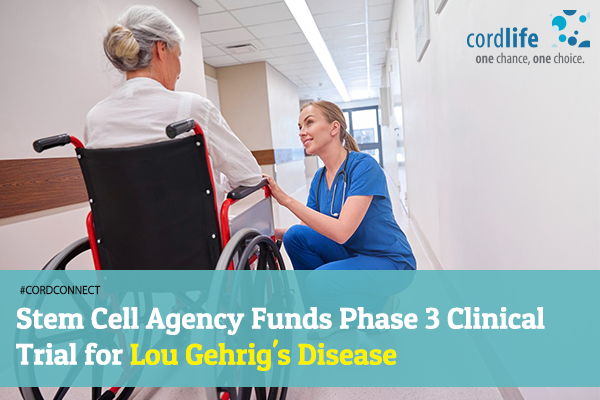Table of Contents
A neurodegenerative disease when occurred leads us to a series of complications all together. The occurrence of this devastating disease exposes us to dysarthria – a condition in which we cannot speak properly, dyspnea- a distress in breathing, and also dysphagia, which deteriorates our ability to swallow easily. It is rapidly characterized by an intense weakness in our muscles. Now, you could easily recognize the characterization of this nasty disease, which is known as Amyotrophic lateral sclerosis (ALS), or popularly known as Lou Gehrig’s diseases or motor neuron disease.
Being a motor neuron disease, ALS or Lou Gehrig’s disease causes degeneration to the motor neurons found in our brain and spinal cord. That’s another reason, why do we find difficulty in walking; and gradually why this restricts us from developing strong muscle control. The cruelty of the disorder is so harsh and unbearable, that it slowly leads us to the threshold of death. To our greater dismay and misfortune, there is currently no available treatment to defer the effects of the disease and cure it permanently.
The Characteristic of ALS Or Lou Gehrig’s Disease
The prevalence of the disease is highly noticed in the Western Counties uniformly. The onset of the disease is most likely to hit the patients at the age of 60 years, but patients approaching their 30’s are not averse to this neurodegenerative disease too, followed by 5% of the total juvenile populations.
However, the pathogenesis of the disease is still unclear, and it seems that the pathogenic cellular mechanisms could be at the root of the occurrence of the disease.
If we further explore, we get to know that many of the patients suffering from this disease, do not have any family history, while others seem to express a hereditary factor.
Lou Gehrig’s is a disease with no possible treatment in sight though, yet some of its conditions are likely to be treated. So, efforts and clinical trials are on the go to improve the life of the patients to some extent. And, an approach to find more possibilities with the stem cell transplant is in the pipeline also.
Phase III Clinical Trials for To Alleviate the Conditions Of ALS
California’s Stem Cell Agency feels an urge and need to invest $15.9 million in a clinical trial for Lou Gehrig’s disease in an association with BrainStorm Cell Therapeutics.
The organization is dependent on the mesenchymal stem cells taken from the participating patients’ bone marrow in the clinical trials. With these stem cells, the researchers at the agency are developing a therapy called NurOwn. The mesenchymal cells are grown in the petri dish in the lab followed by a reprogramming method. The reprogram will command the cells to produce a protein called glial cell infused with nuerotropic factors. Neurotropic factors or GDNF has the potential to stop the further deterioration of the motor neurons caused by ALS. They also protect the cells and reduce the risks of immunodeficiency in the patients.
The ongoing trial received a positive signal from the patients’ tolerance capacity to NurOwn Therapy, and hence it raises hopes for the patients with ALS. It is capable of restricting the further adverse effects, and also deferring the progress of the disorder in a short period of time.
NurOwn therapy infused with Neurotropic factors from mesenchymal cells is aimed at getting an approval from the US Food and Drug Administration (FDA) so as to help people like us with ALS.
